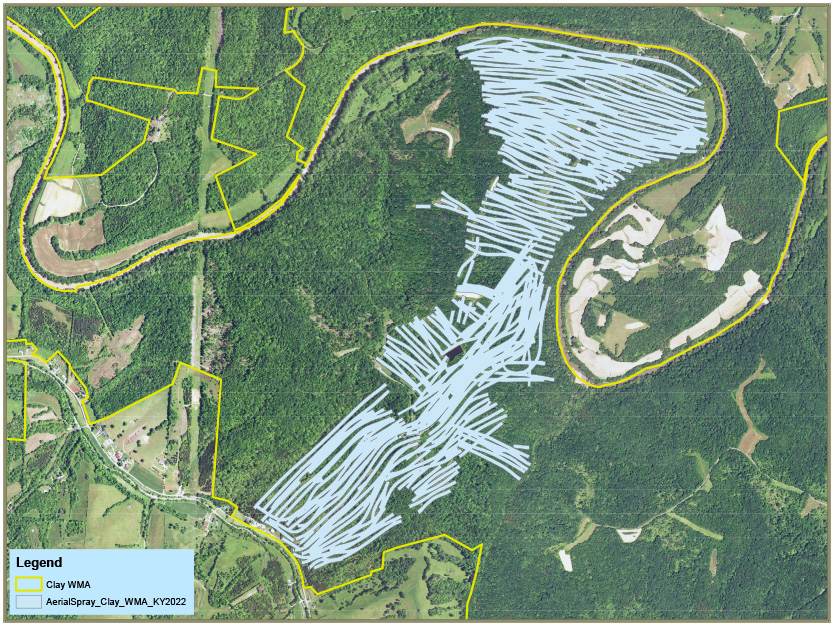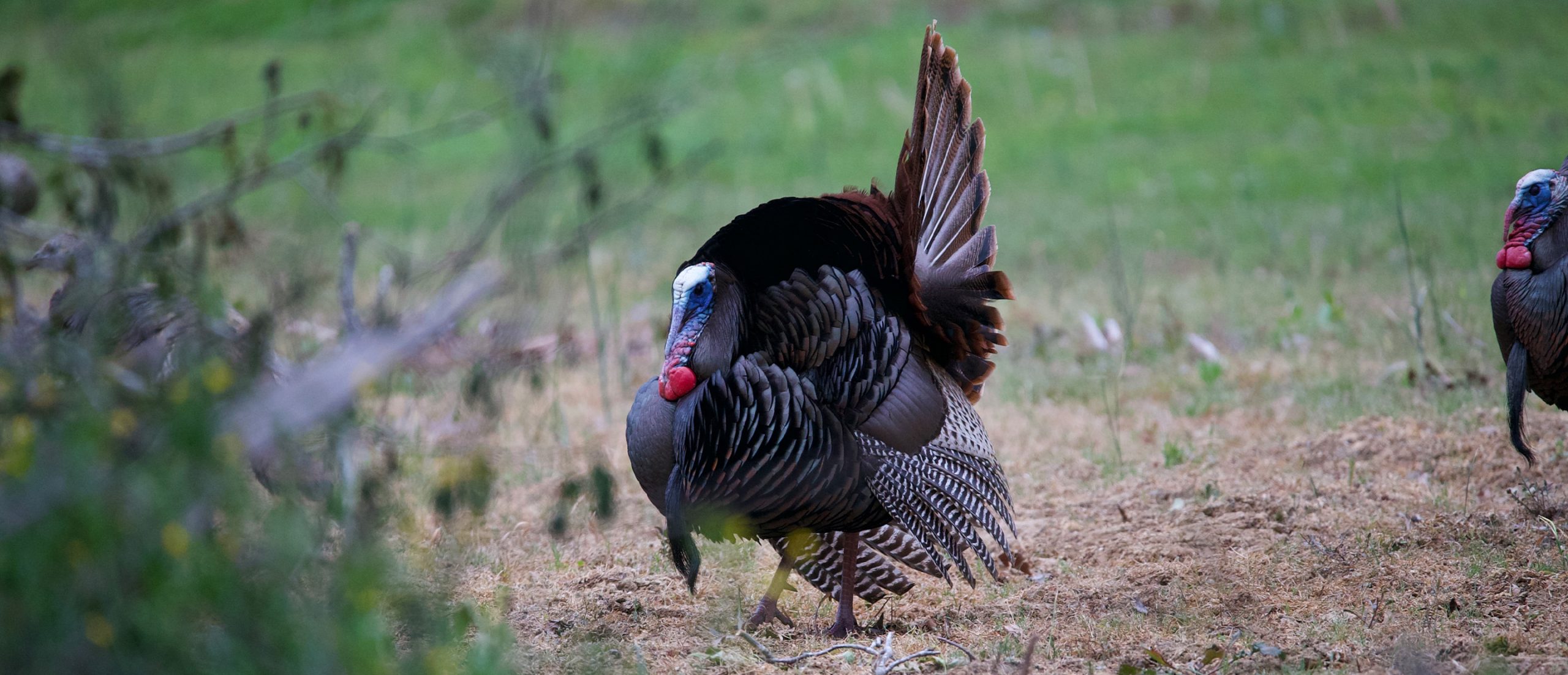Habitat Enhancements in the Bluegrass State
It’s no secret that wild turkeys and an array of other game and non-game species benefit from active land management. The Clay Wildlife Management Area in Kentucky is a great example, and the NWTF Kentucky State Chapter is working to keep it a staple for turkeys and turkey hunters alike.
After over a decade of active land management, including prescribed fires, timber improvements, grassland restorations and more, the average harvest rate on the 9,000-acre Clay WMA alone is 45 toms for Kentucky’s spring season. However, there is an insidious threat that wildlife managers are looking to nip in the bud.
Despite active land management, which has benefitted both turkeys and turkey hunters alike, invasive species are increasingly becoming an issue on the WMA, threatening the productive wildlife habitat that the Kentucky Department of Fish and Wildlife and conservation partners have cultivated over the years.
“Invasive plant species pose a serious threat to wildlife habitat,” said Derek Alkire, NWTF district biologist for Kentucky, Alabama and Tennessee. “Species such as amur honeysuckle, [Lonicera maackii] are nonnative in the area and are capable of long-distance dispersal, rapid growing, choking out native species and reducing overall value for wildlife. In the Clay WMA, forest openings that were previously rich foraging and brood-rearing habitat are now overgrown with nonnative plant species.”
To help combat the encroachment, the NWTF Kentucky State Chapter recently allocated $15,000 to a project that funded a helicopter to aerially spray a selective herbicide, killing the targeted species and leaving the good ones intact across 400 acres of the WMA.
“This method allows KDFW staff to treat invasive species across vast swaths of the WMA within a relatively short window,” Alkire said. “It is a great example of how the state chapter utilizes funds to make the biggest impact.”

This project is part of a multi-phased management plan led by KDFW. Over the next two years, the department and staff will provide follow-up treatments to maintain suppression of invasive species on the 400 acres that were recently treated.
“This work is essential to providing quality habitat for all wildlife and quality outdoor recreational opportunities for Kentucky residents on public lands,” Alkire said.
